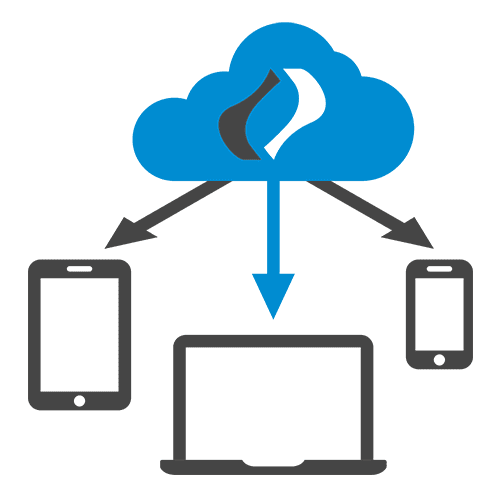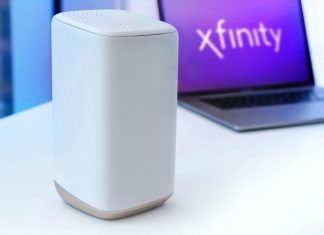For any company’s IT infrastructure to function well, it must have a high-performance network. The network ensures that all processes, including external and internal communications, run without complications. Malfunctions in this area may cause time and financial losses. So just check out this Network Performance Monitor Tool guide from here.
A good Network Performance Monitoring Tool should constantly monitor processes, perform analysis, and quickly alert IT personnel of any problem. This helps administrators to keep track of a network’s availability, performance, and bandwidth usage to intervene quickly in case of errors.
(Top 5) Factors for Selecting a Network Performance Monitor Tool
Choosing the right Network Performance Monitor Tool can be very challenging. The market offers many different solutions and tools which could be confusing to laypeople. However, considering some important factors in the selection process can help choose the most suitable Network Performance Monitoring (NPM) Tool.
Scalability
Network sizes are ever-increasing, and so is the need for increased speeds. The biggest servers cannot even scale to meet the demands of the increasing population of data collectors. Also, larger systems demand larger scales to store more data and make reports promptly.
Organizations must, therefore, look for the Network Performance Monitor Tool that can scale their collection as well as reporting functions. The best solutions are those that are peer-to-peer architecture principle-based. These multiple systems work together on a single report in a parallel manner to increase speeds. Scaling these systems is also simple.
Ease Of Deployment
Network Performance Monitor Tool that is based on server software models takes more time and is harder to implement. They require administrators to finish complex processes from provisioning servers with operating systems to continue managing all the component systems.
Companies should consider appliance-based solutions instead. The solutions are much easier and less costly when it comes to deployment and management. They can also discover devices and monitor numerous network elements within a short time. They generate reports much faster to save companies time and money.
User-Friendly
Network managers get more value from the Network Performance Monitor Tool that is user-friendly and that produces timely and useful reports. Good monitoring solutions also support as many users as possible and allow them to retrieve reports easily. Their reporting is also application-aware.
Web-based consoles are some of the best Network Performance Monitoring Tool around. They are very simple to launch and use. They also provide unlimited access to all users within a given organization. Web-based consoles provide direct access for business unit leaders and clients.
Visibility
Great Network Performance Monitor Tool provide complete system-wide visibility to as many users as possible. The real-time visibility allows network managers to see the performance of all important IT devices across entire networks and servers. Network Performance Monitoring Tool should also identify applications, their delivery infrastructure, and their impact on networks.
Baseline Management
Good Network Performance Monitoring Tool goes beyond tracking performance. They also establish baseline measurements of normal behavior for each time of day and week. This way, they can set thresholds and notify network managers whenever deviations from the baselines occur.
Bottom Line:
Before procuring a Network Performance Monitoring Tool, it is important to establish the network requirements of an organization. Good Network Performance Monitor Tool ensures that systems perform optimally to avoid time and financial losses. Since the exercise of selecting such tools is complex, it is advisable to involve professionals.












